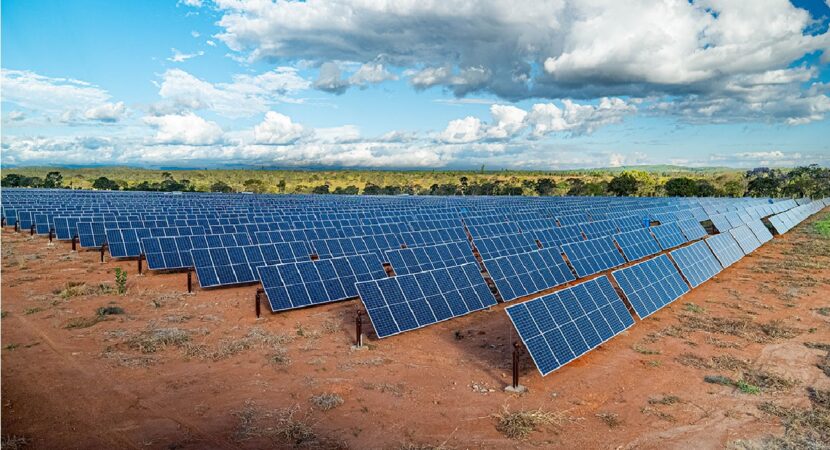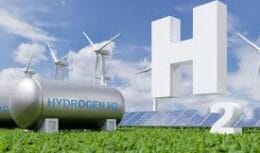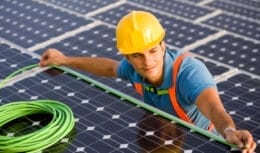
The “new” form of generation aims to obtain energy through solar panels installed in areas close to the Equator Line
The search for renewable energy sources has led to innovative research, and Australian scientists are exploring the possibility of producing large-scale energy at sea using solar panels. These researchers found that areas close to the Equator, such as Indonesia and West Africa, are ideal for installing offshore solar farms, due to calm waters and low occurrence of storms, according to the CanalTech website.
Andrew Blakers and David Fernando Silalahi, from the Australian National University, explain in an article for The Conversation platform that most of the ideal places for large-scale solar energy production are close to the Equator. Specifically, they point to regions around Indonesia and West Africa, close to Nigeria. These areas offer climatic conditions that favor the stability of solar panels floating at sea, contributing to a constant production of clean energy.
Overcoming maritime challenges
In much of the world's maritime regions, waves in excess of 10 meters and strong winds in excess of 20 meters per second are common, posing a challenge for the installation and operation of solar panels at sea. To get around this problem, some companies are developing security systems to protect panels from storms.
However, Australian researchers are focusing on identifying naturally calmer areas in the ocean where the need for robust defense systems is minimized. They argue that in regions where the calm prevails, wind energy becomes unfeasible, since the absence of wind compromises the functioning of the turbines. Therefore, the most viable alternative is the implementation of solar panels.
Choosing the right places
To determine the best locations for installing solar panel platforms, the researchers analyzed data from the last 40 years on wave and wind intensity. Regions with waves greater than 6 meters and winds greater than 15 meters per second were discarded. Based on these criteria, the most promising areas for large-scale production of solar energy at sea were identified in Indonesia (Asia) and in the Gulf of Guinea, close to Nigeria (Africa). These equatorial regions are rarely affected by tropical storms.
In addition to favorable maritime conditions, these areas also have low potential for wind power generation, high population density, expectations of significant growth and ecosystems marine environments that would not be harmed by the installation of solar farms. Scientists believe that solar panels in Indonesia alone could generate about 35 terawatt hours (TWh) of solar energy per year, an amount comparable to current global electricity production. Against this background, offshore solar energy near the Equator is seen as a virtually “unlimited” source of clean and sustainable energy.













Air Force F-16 fighters…
True friend, what they shot down were…
Air Force F-16 fighters…
Well... It's flying scrap... Typical...
Air Force F-16 fighters…
I would like to know what planet you live on…
They discover the third largest deposit…
That’s why all foreigners and NGOs…
Air Force F-16 fighters…
Which genocide are you talking about? Than…
When people in China want to be…
On the other hand, there is an American (GM)…
Just for writing lol
You want a racing car, buy one…
Saying that a 113 HP engine…
Yes, I’ve had 4 Monzas of the year…
Yes, I intend to have a Yaris Cross,
Forests are essential to stabilize global warming…